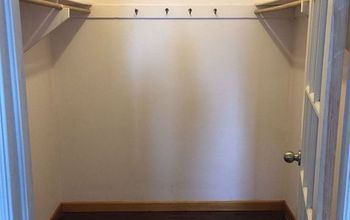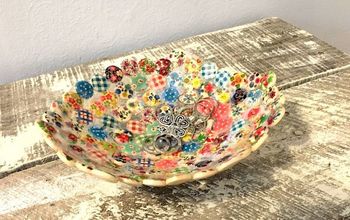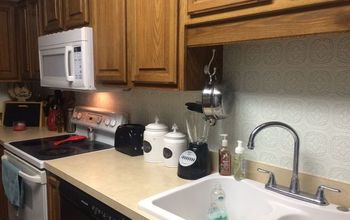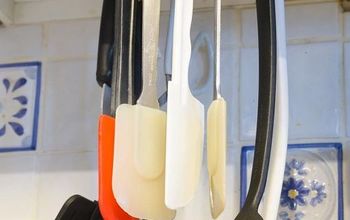74 Views
DIY Cleaning Gutters

by
Ahcontractinggroup1
(IC: )
Easy
How to clean and keep your gutters maintained
Not many people think about their gutters and their importance. During a heavy rain gutters take care of the excess runoff by leading the water from the roof safely to the ground. The wind can easily lift the leaves off of the ground and leave them on your roofing system. That debris will eventually end up down in your gutters and once it does it will clog them. Clogged gutters can cause many problems which can damage your roof, your walls, your roof supporting structure and full structural integrity of your home. Keeping your gutters clean, debris-free and rust-free will prolong the life cycle of your roofing material and your property.
Enjoyed the project?
Published April 23rd, 2024 8:41 AM

























Frequently asked questions
Have a question about this project?